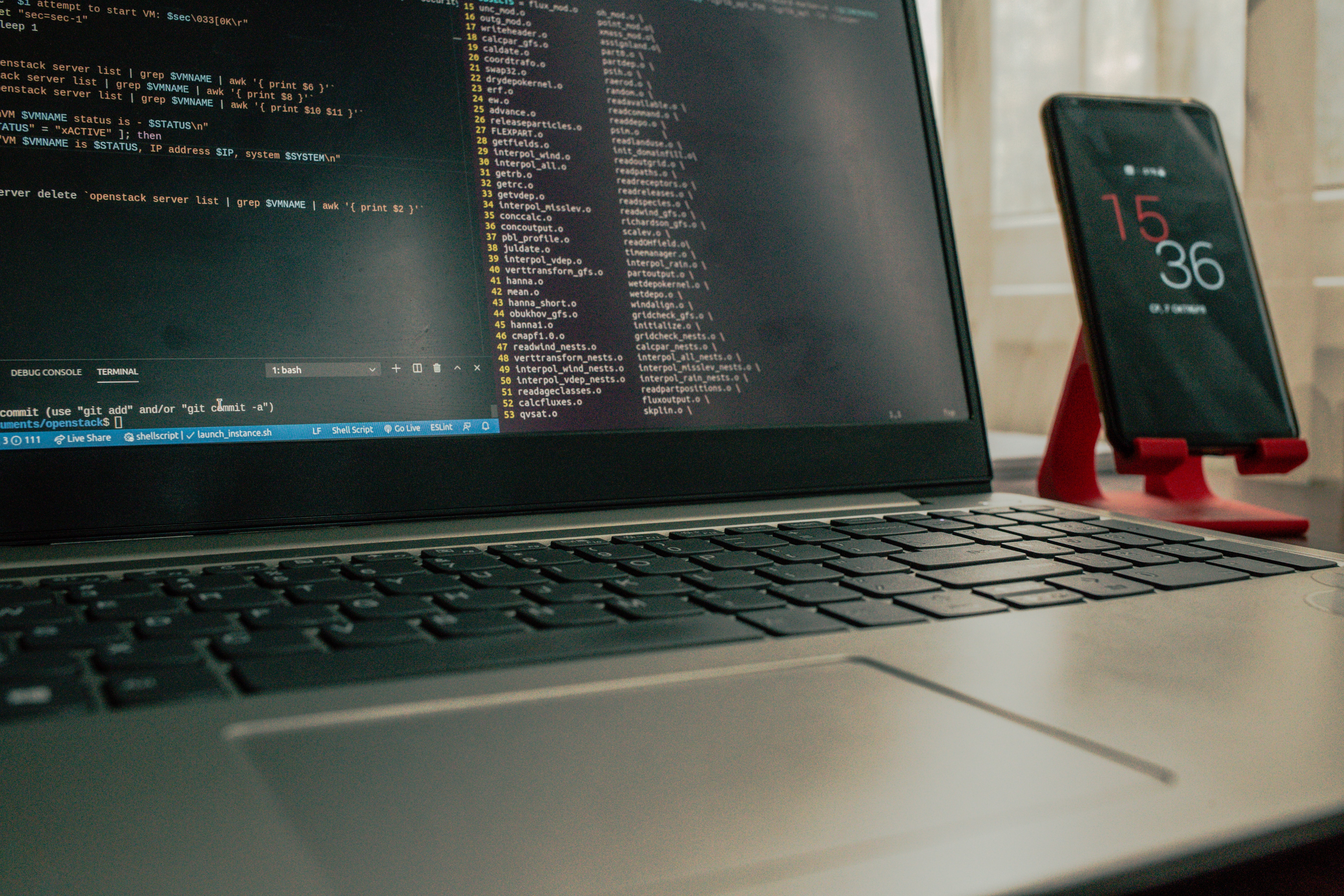What is mobile backend-as-a-service (MBaaS)?
Mobile backend-as-a-service (MBaaS) equips web and app developers with everything they need to create and deploy a mobile application. MBaaS is different from other development platforms in that its cloud computing architecture is specifically designed for mobile app development. This cloud computing architecture enables developers to connect to their application’s cloud storage and application programming interfaces (APIs). Organizations looking to utilize off-premise servers will connect their application’s backend resources to an MBaaS product. The service lowers a development team’s need to construct complex backend infrastructure. MBaaS utilizes custom software development kits (SDKs) to connect API endpoints to mobile applications, such as iOS and Android.
Benefits of using mobile backend-as-a-service (MBaaS)
MBaaS provides many key benefits to offer support for the backend of mobile development processes.
- Serverless: MBaaS providers are serverless, meaning that organizations working with MBaaS providers do not need to worry about programs being server side. This saves organizations from spending time and money on challenges such as server administration, security updates, file storage, data storage, and increasing scalability.
- Productivity: MBaaS products reduce the time organizations need to spend on mobile app development. This frees up developers’ schedules to focus on other key work needed within a particular organization.
- Integration: MBaaS simplifies the process of connecting an application’s cloud storage with APIs. MBaaS platforms also make it easier to integrate with third-party systems, eliminating the need to duplicate efforts and functionality across different systems.
- Faster time to market: MBaaS reduces the time it takes to go to market with mobile applications. This allows organizations to move into the market quicker, enabling them to add new products and services as well as release updates to products more rapidly.
Basic elements of mobile backend-as-a-service (MBaaS)
While MBaaS can be varied and provide a wide range of features and capabilities, there are a few key elements that are consistently seen across MBaaS providers.
- Push notification: Push notifications are one of several backend services provided by MBaaS. Push notifications can enable messaging and content client side based on certain profiles that trigger messaging alerts, providing a great form of user management. This can range from small but rapid updates to crash reporting.
- Cloud storage: Cloud storage and cloud services are one of the key draws in investing in BaaS providers. By moving to the cloud, whether that be platform as a service (PaaS) or software as a service (SaaS), cloud storage provides organizations with significantly more flexibility and space in saving and storing data in the cloud.
- Geolocation: Another common backend service provided by MBaaS is location or geolocation updates. BaaS providers often include this feature to monitor the physical location from where applications and devices are being accessed. As location services continue to become integrated into modern mobile devices, this feature will become increasingly important for MBaaS providers to have available.
Best practices for mobile backend-as-a-service (MBaaS)
MBaaS can be a powerful tool, but in order to reap the benefits, there are certain best practices that should be put in place.
- Integration: Before signing up for MBaaS, organizations should ensure that their essential products and software tools can be integrated into the MBaaS. Since MBaaS is provided through externally hosted cloud architecture, there is no guarantee that everything will integrate. Buyers should check in with MBaaS providers ahead of time in the requirements gathering phase.
- Time: Organizations should be aware that building an application through MBaaS can be time consuming. To prepare for this, companies should set realistic deadlines for app design and development.
- Notifications: Since MBaaS is managed by an external company in the cloud, companies utilizing MBaaS should keep track of updates, as these may be done without notifying them. If there are notifications, it will likely come through a push notification, as opposed to email and other forms of communication. Companies should have notifications turned on to be aware of potentially major updates. This could include changes in pricing plans, new features, and software updates.
Mobile backend-as-a-service (MBaaS) vs. platform-as-a-service (PaaS)
MBaaS is often compared to PaaS, as both provide backend support in the cloud. PaaS provides users with a complete development to deployment model hosted in the cloud. This helps centralize development and maintenance of cloud applications for an organization. MBaaS is different, however, as it specifically focuses on mobile development. Compared to PaaS, MBaaS also provides better support for utilizing a mobile app’s native features.
Mobile backend-as-a-service (MBaaS) vs. mobile development platforms
MBaaS can also be compared to mobile development platforms. Mobile development platforms provide developers with a single environment that possesses all the tools developers would need in one centralized space. A number of mobile development platforms offer MBaaS as a feature. The difference between the two is that MBaaS focuses on the backend, while mobile development platforms cover backend features and more.

Michael Pigott
Michael is a Market Research Analyst at G2 with a focus on technology research. Prior to G2, Michael worked at a B2B marketing services organization, where he assisted tech vendors with market assessments and competitive positioning. In his free time, Michael enjoys traveling, watching sports, and playing live shows as a drummer.
